I was out for a night shoot to get some ideas for the Fujifilm simulation recipes and created the One for the Road, a low-light black & white film recipe for the Fujifilm X-T4. The One for the Road recipe mimics the dramatic Monochrome from the Wong Kar-wai motion pictures and inspiration by Daido Moriyama. This recipe is designed for street photography in low light and daylight street photography. Even if it doesn’t look 100% exactly like the original mood, it does have the closest mood if you want to add some creative tone to your photographs.
What is the One for the Road Film Recipe All About?
‘One for the Road’ often refers to an alcoholic drink consumed just before leaving a location. But don’t worry. There were no alcoholic beverages involved while this recipe was created. This cinematic Fujifilm recipe name might sound the weirdest because of the inspiration from the motion picture’s unique tone. This recipe has two versions: the dramatic Monochrome and the Cinematic Orange Teal. The B&W version is suitable for shooting high contrast for a more dramatic approach.
The One for the Road black & white version uses Monochrome as the based film simulation. This is one of the Black & white film simulation recipes built specifically for the Fujifilm X-T4 but can also be used on the X-S10, X-T30II, X-E4, X100V, and X-Pro3. I have never tested on any old X-Trans IV sensor, but Fujifilm shooters who would like to use this recipe can try and test it out.
The film grain is increased to Strong & Large. I find the B&W looks great when Sharpening is set to -4. The images will turn out like you’re traveling back to the 70s-80s in Tokyo, Japan. An alternate upgraded version is the Dattebayo recipe for B&W creative.
I’m using one of the best lens FX filters necessary for this film simulation recipe to function to get the cinematic movie effect on still photographs, which will be explained later in this post below. The film grain can be toned down to Weak/Small, or Off settings when shooting at high ISO at night.
The ISO option has been changed from Auto to ISO6400, allowing the camera to choose the best ISO for the current night scenario while photographing at night. The Clarity parameter can be disregarded because it significantly slows down your street photography experience. Clarity may be tweaked afterward with the Fujifilm X Raw Studio to your satisfaction. If you are looking for a black & white high-contrast Fuji recipe, you should check out the Dark Diary recipe, which I have fine-tuned to get the high-contrast close to the Ricoh GR monochrome.
'One for the Road' Black & White Custom Settings
Film Simulation: Monochrome
Dynamic Range: DR100
Highlight: +4
Shadow: +4
Sharpening: -4
Noise Reduction: -4
Monochromatic Color: WC:0 MG:0
Grain Effect: Strong
Grain Size: Large
Color Chrome Effect: Strong
Color Chrome FX Blue: Strong
Clarity: +5
White Balance: 10,000K, Red -3 Blue +3
Exposure Compensation: -2/3 to +1/3
Getting The Cinematic Effect
The Moment CineBloom lens diffusion filter is optional, and it was used for this project to develop the One for the Road film simulation recipe for Fujifilm. The lens diffusion filter softens and shines on the highlight, as seen in some movies and television shows. You can undoubtedly use others in the market, including the K&F Black Mist, Tiffen Black Pro-Mist, and the Moment CineBloom.
Using this One for the Road film simulation recipe, it is also suggested to use the highest density diffusion to create a dreamy, more subtle dramatic look. A decent-quality diffusion filter costs around $60 and is an excellent investment if you make unique creative images.
You may utilize different diffusion filter brands, such as the K&F Black Mist, Tiffen Black-Pro Mist, and Moment CineBloom. Applying the greatest density diffusion is recommended to get a dreamy, more delicate cinematic effect when using this One for the Road film simulation recipe. If you’re seeking a low-light film simulation recipe, consider the Cira 800 for Fujifilm X-Trans IV.
If you are into filmmaking and looking for a classic B&W video recipe, then the Noir Flick for video is the one.
Will This Recipe Work During The Day?
Well, indeed, it’s perfect for day and night shooting and works great in low light. But it all depends on your taste and how you want the results to be. Finding the same scenes is not always possible, so I suggest you go out and shoot and achieve based on your mood. Are you up for the challenge of shooting in low light?
B&W Sample Photos
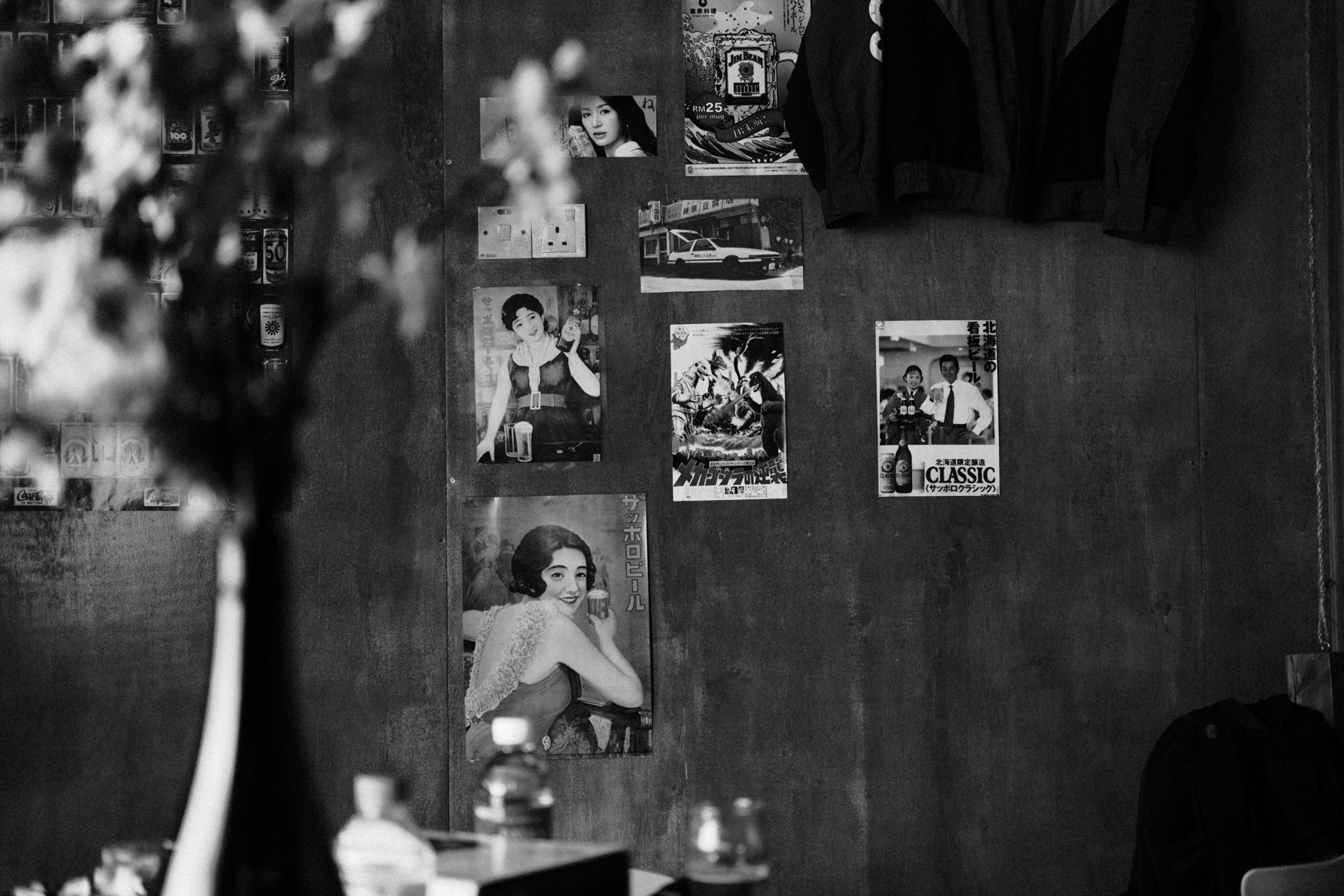
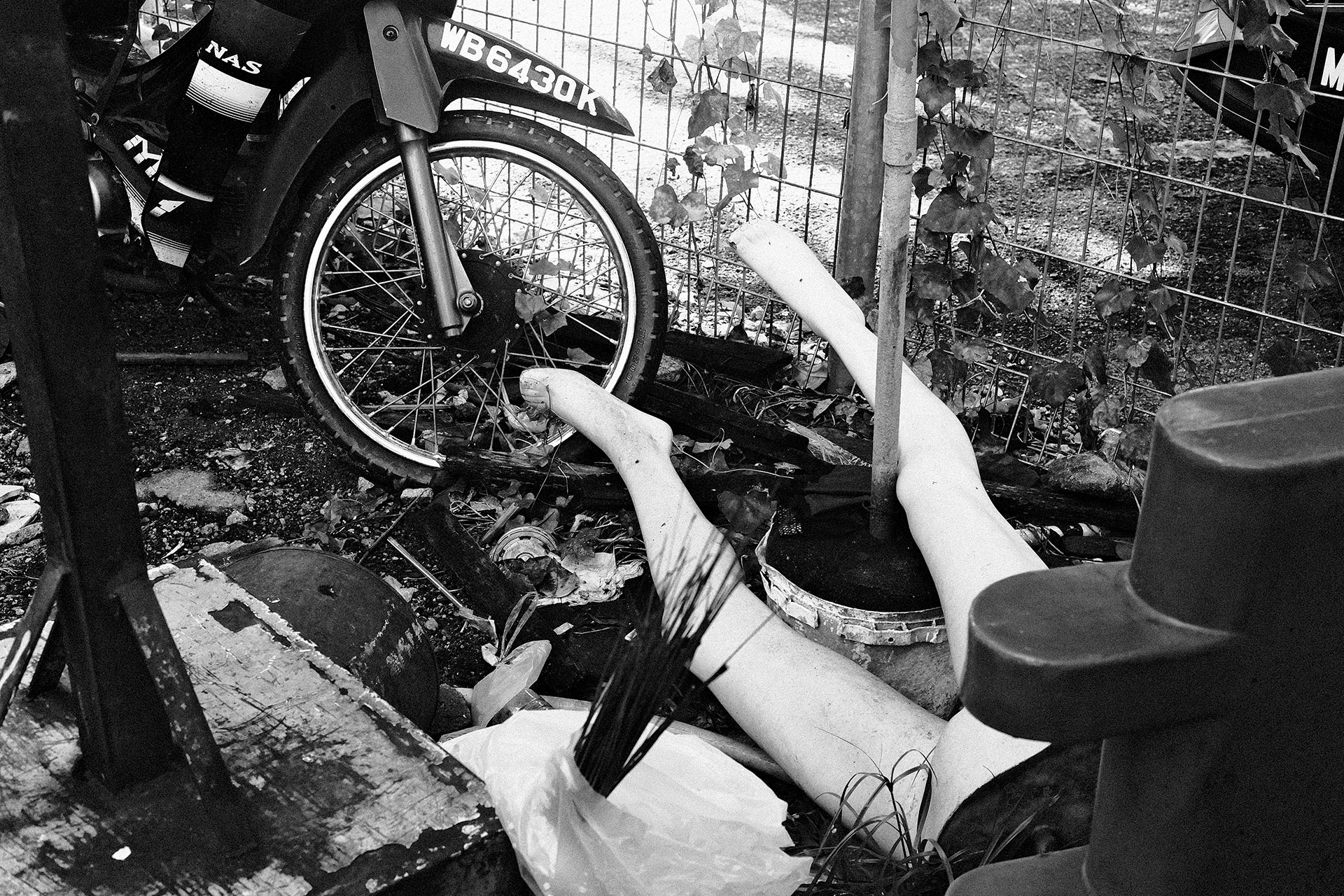
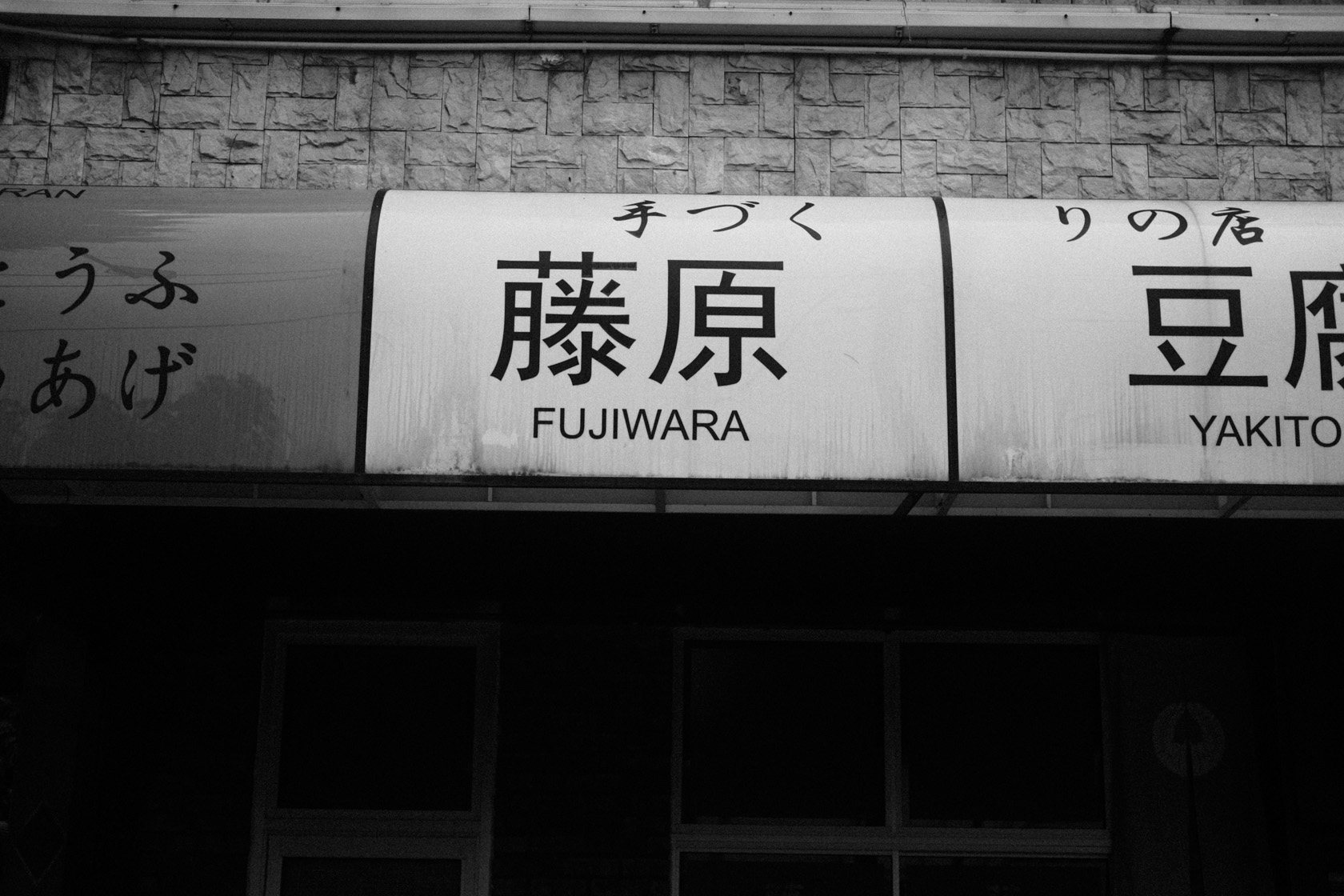
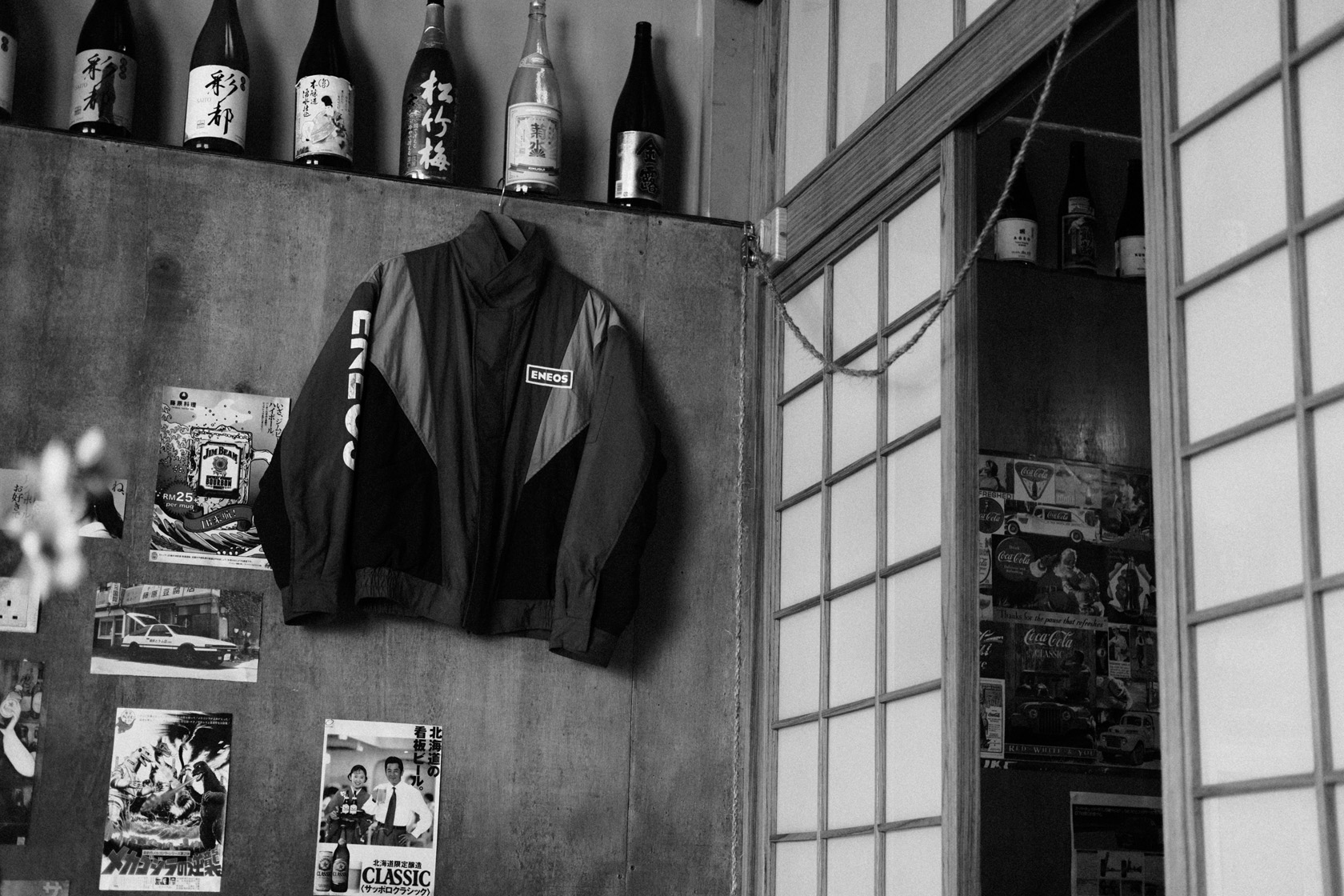
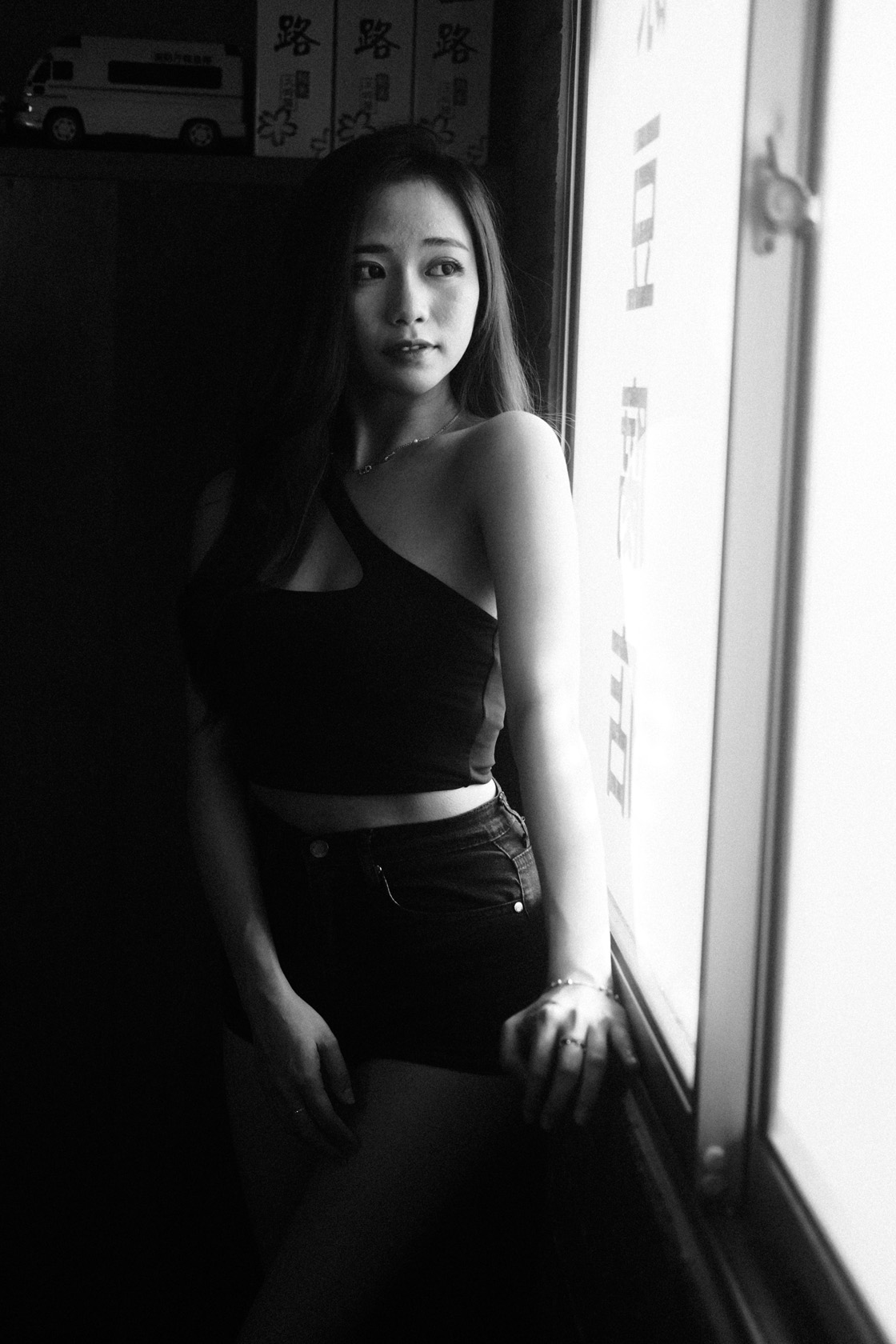
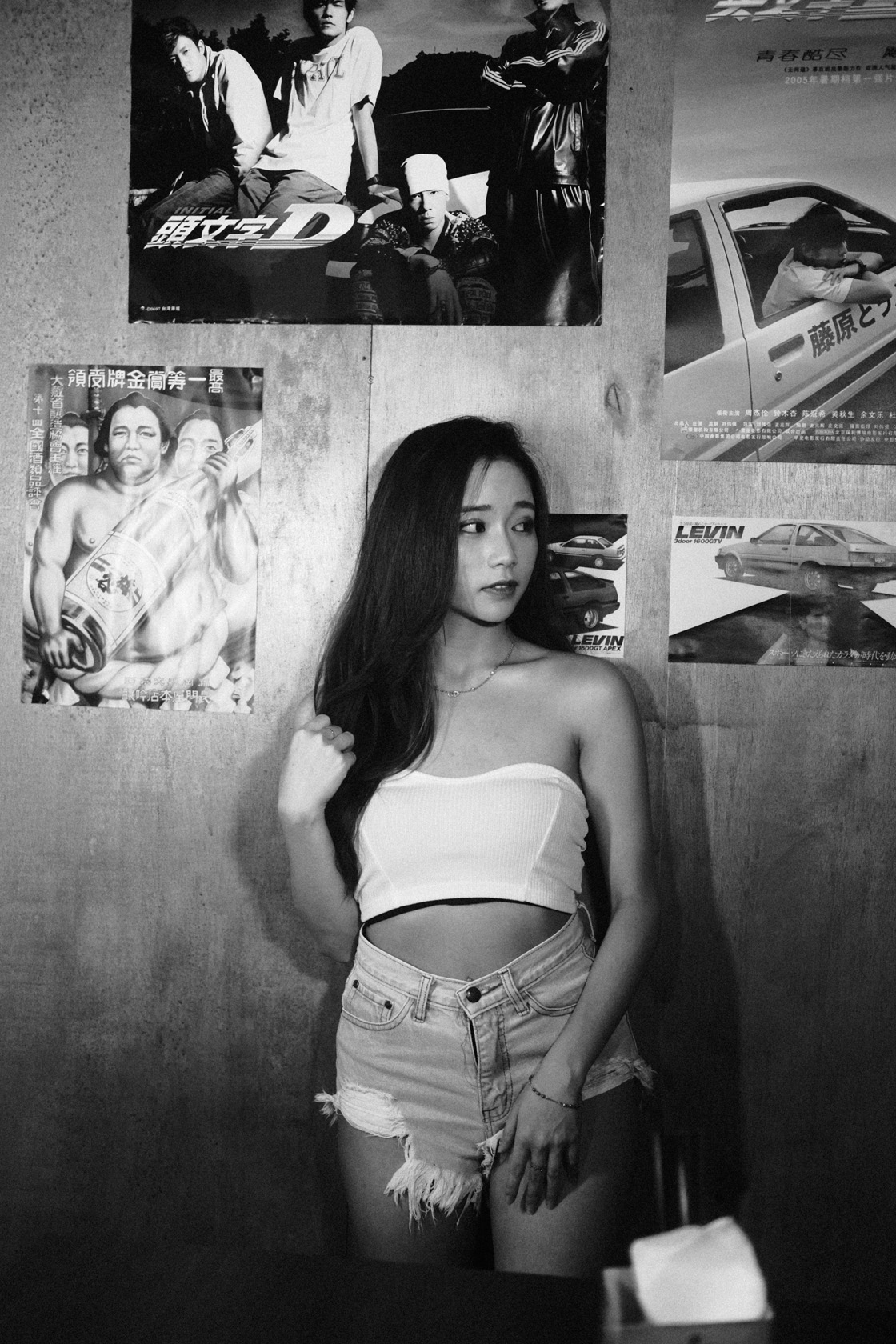
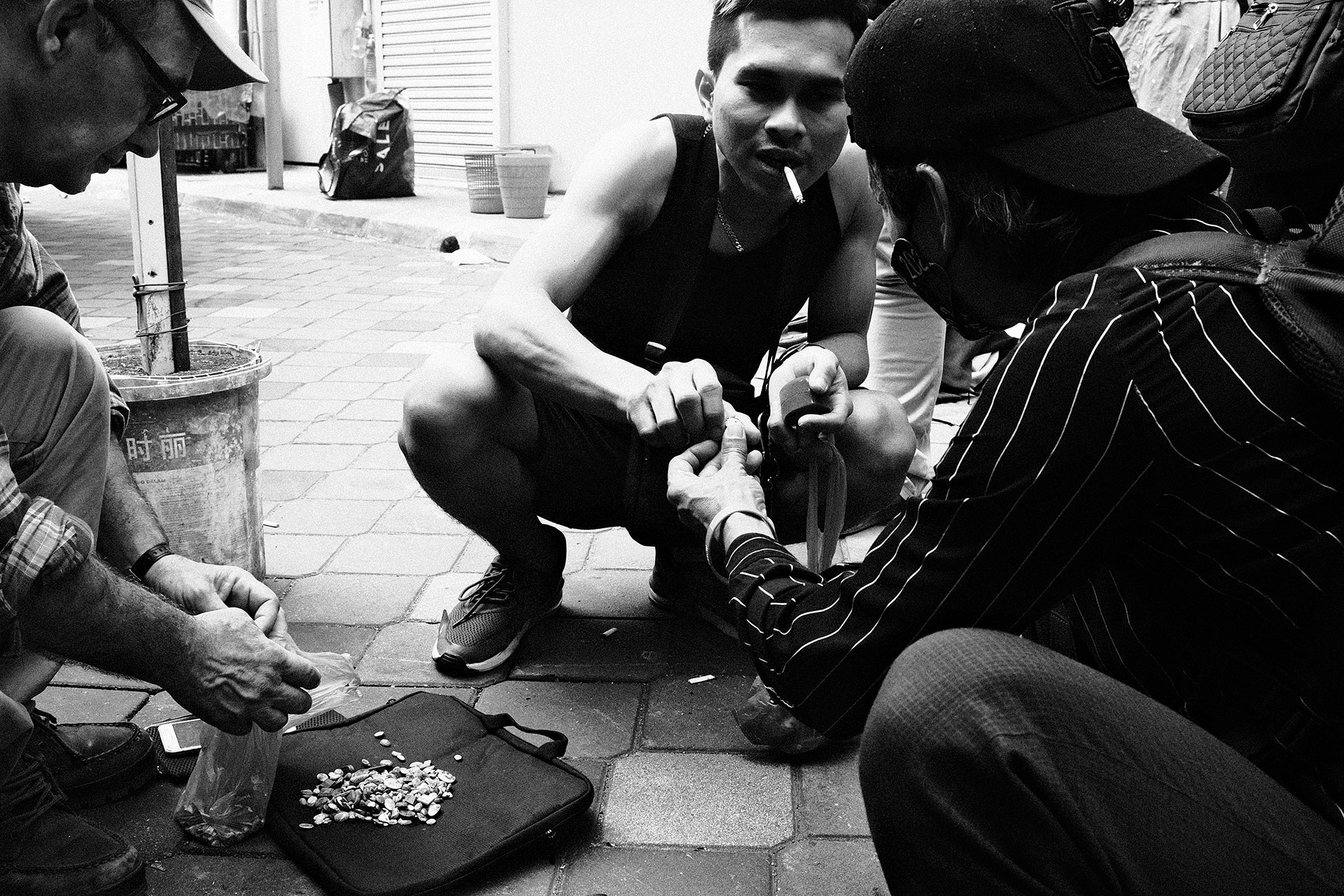
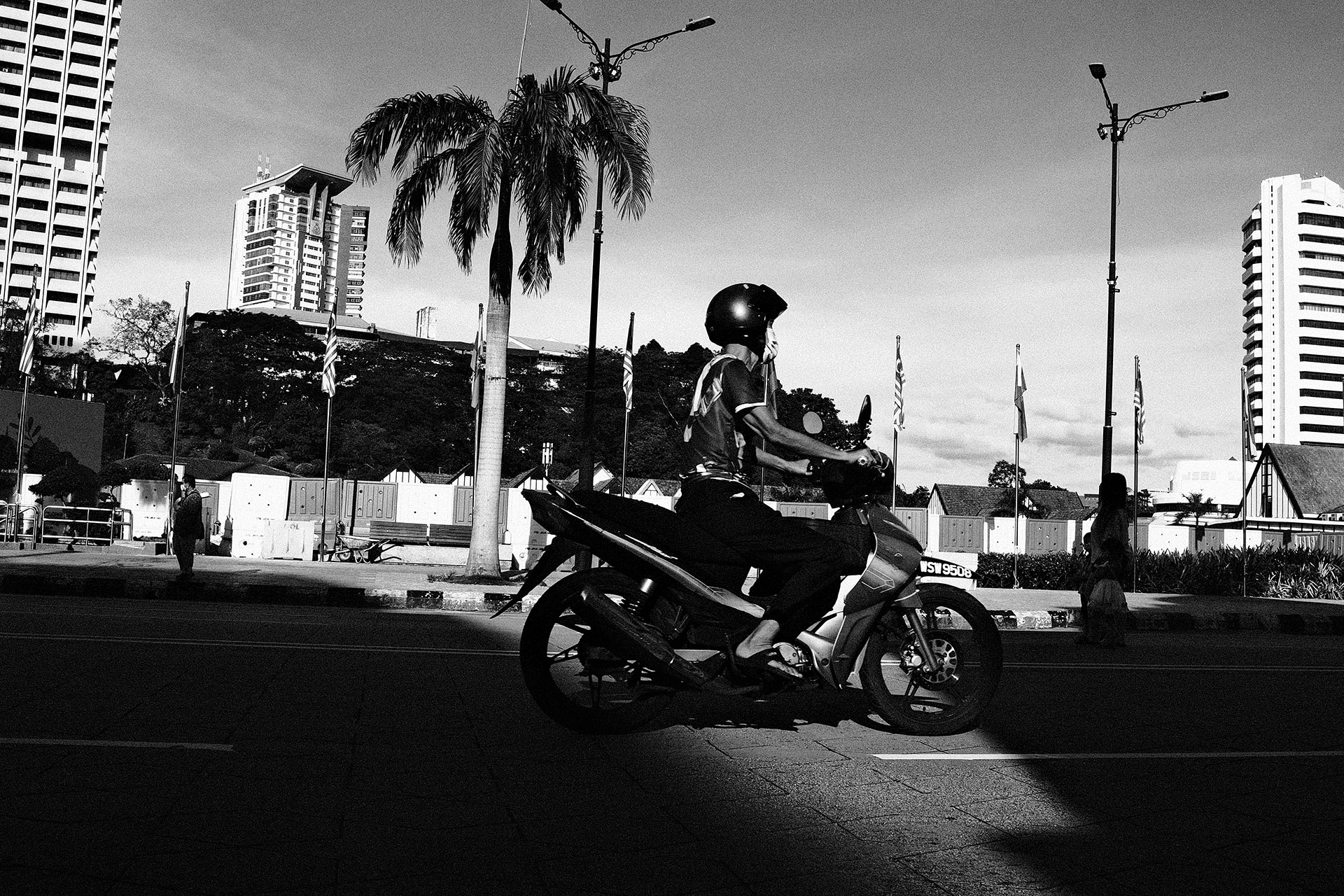
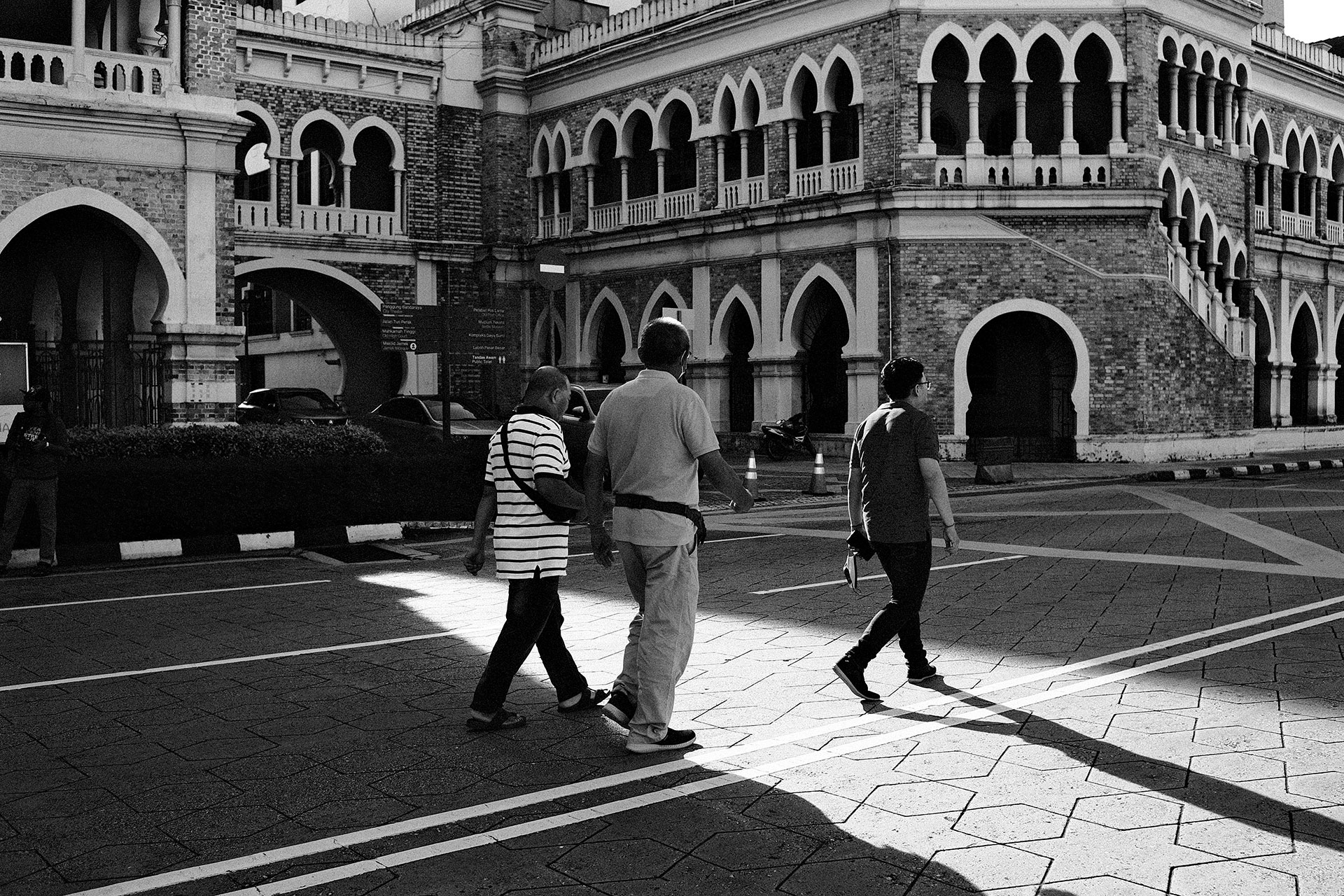
'One for the Road' Orange Teal Custom Settings
Now known as the Teal Obscure, the motion pictures by Wong Kar-wai inspire this orange-teal Fujifilm simulation recipe. It mimics the cinematic tone of the Wong Kar-wai motion pictures and some scenes in the Fallen Angels film. The ETERNA film simulation is used for the orange-teal version.
Orange Teal Sample Photos
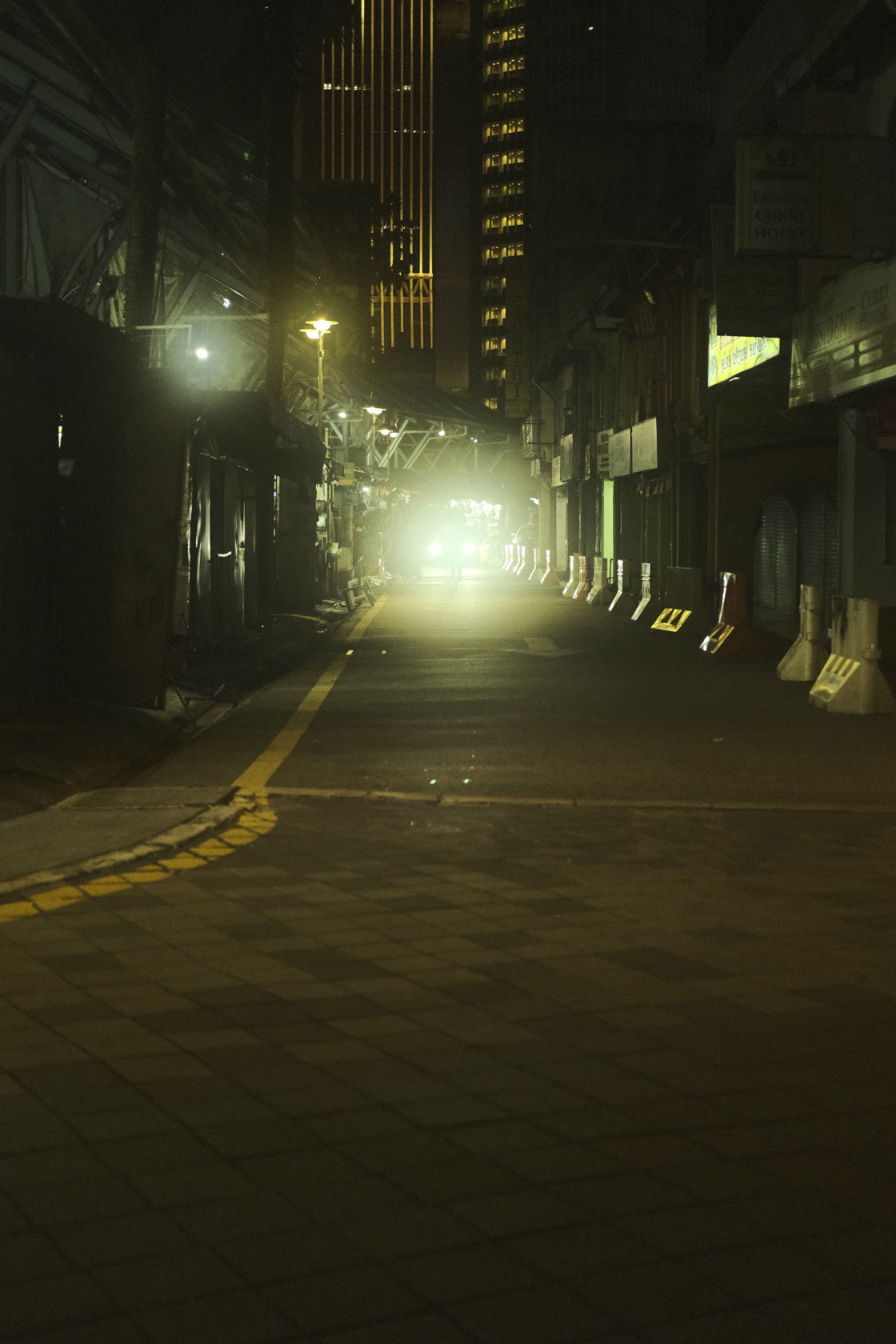
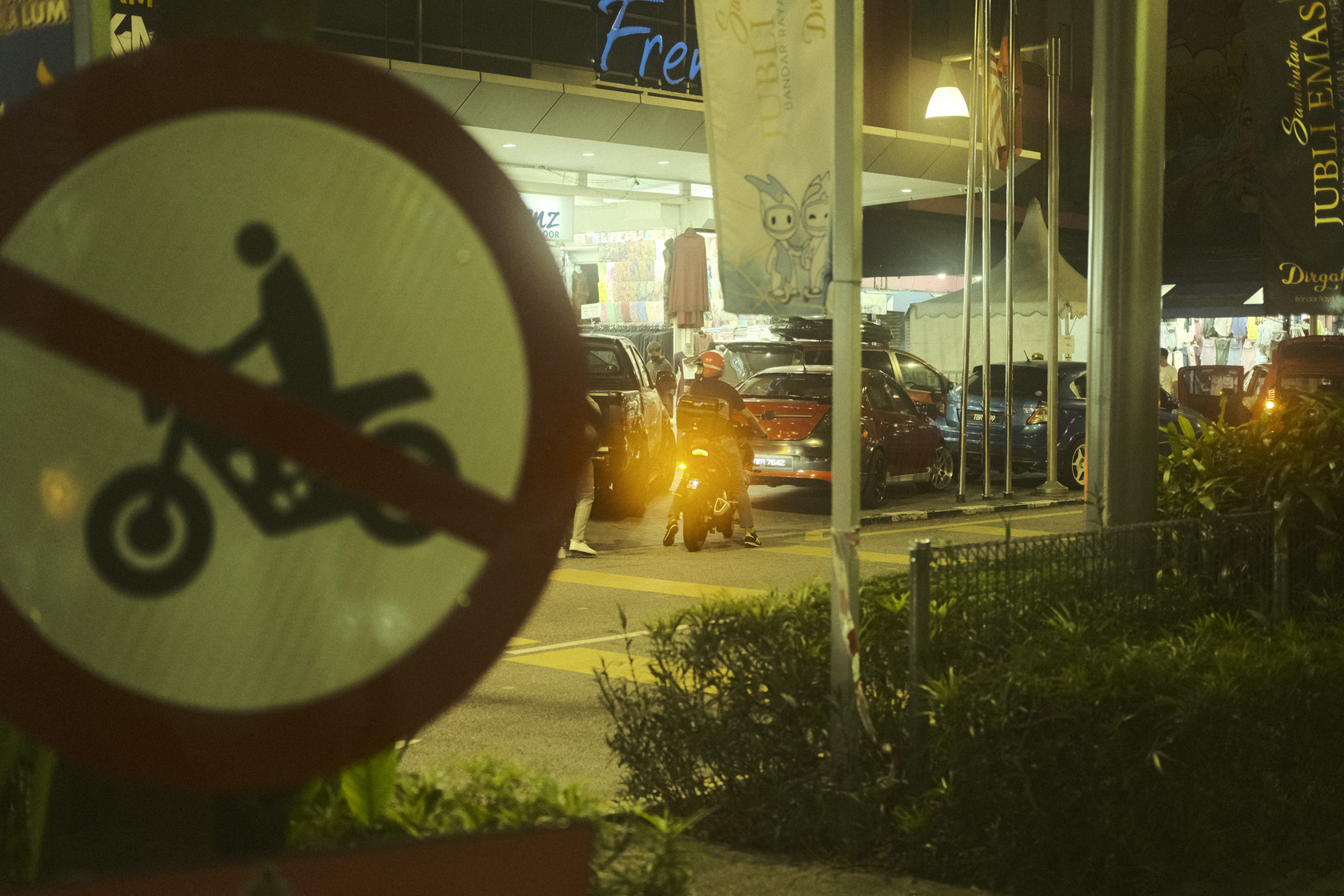
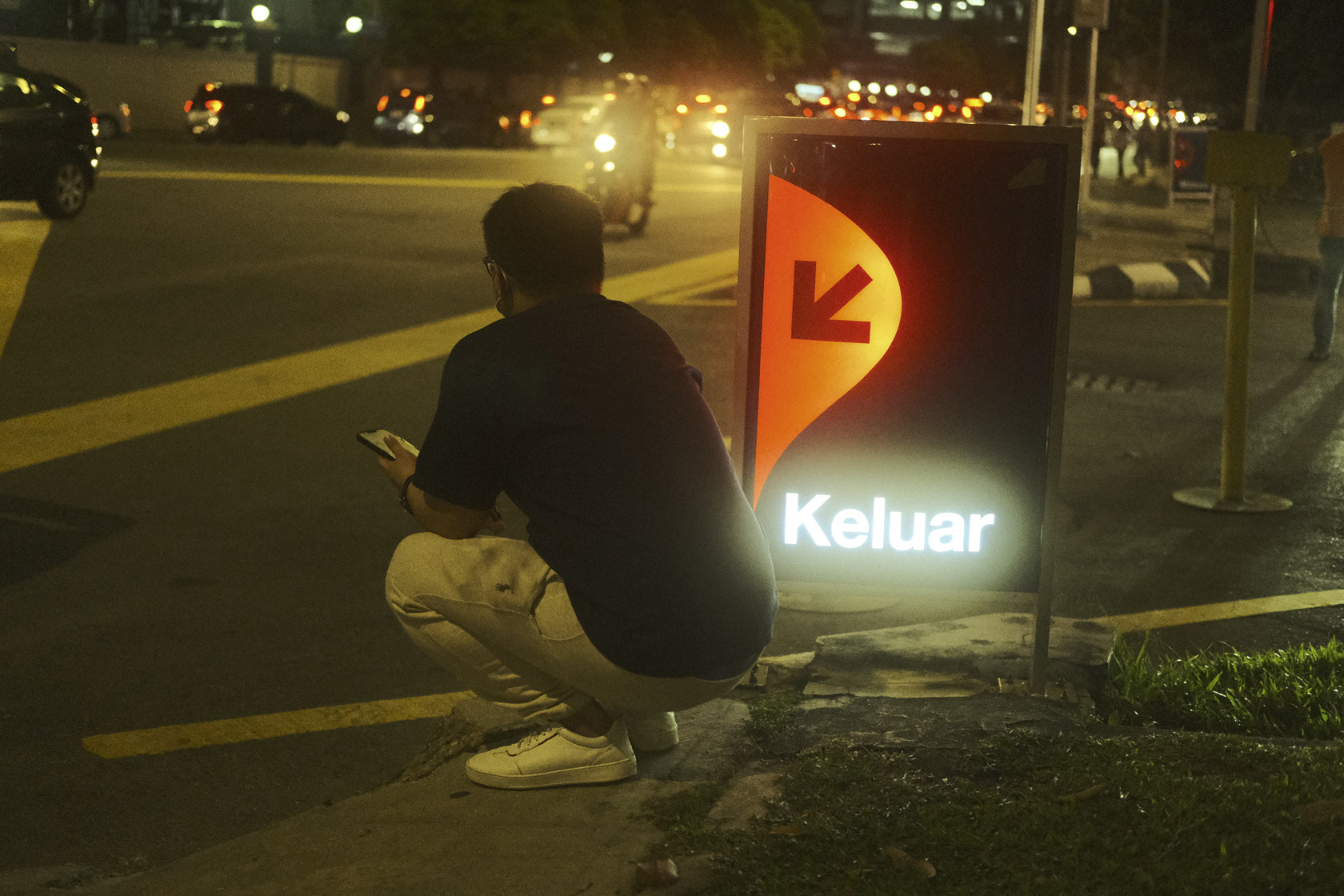
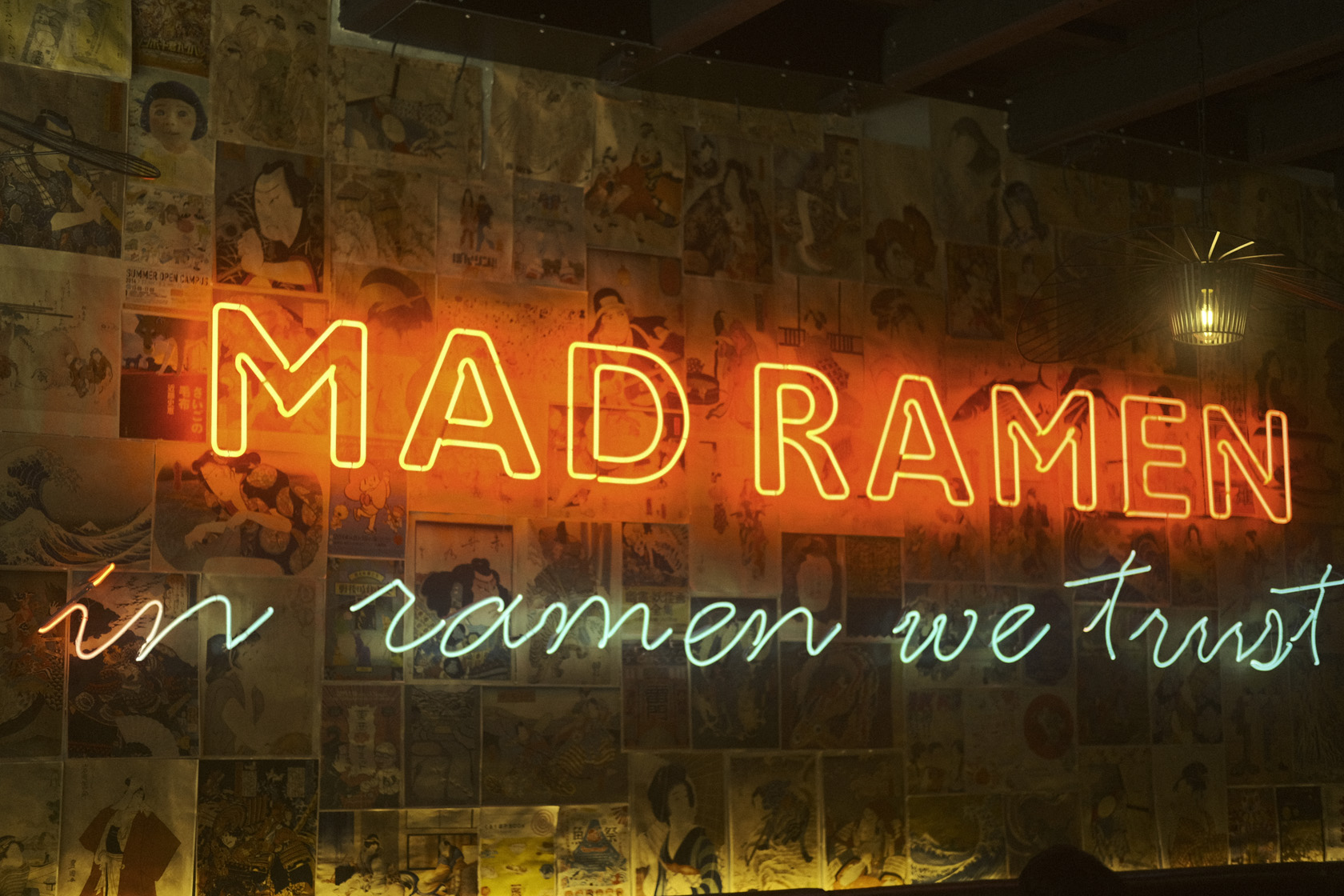
The photos above are shot with the Fujifilm X-T4 – AmazonUS


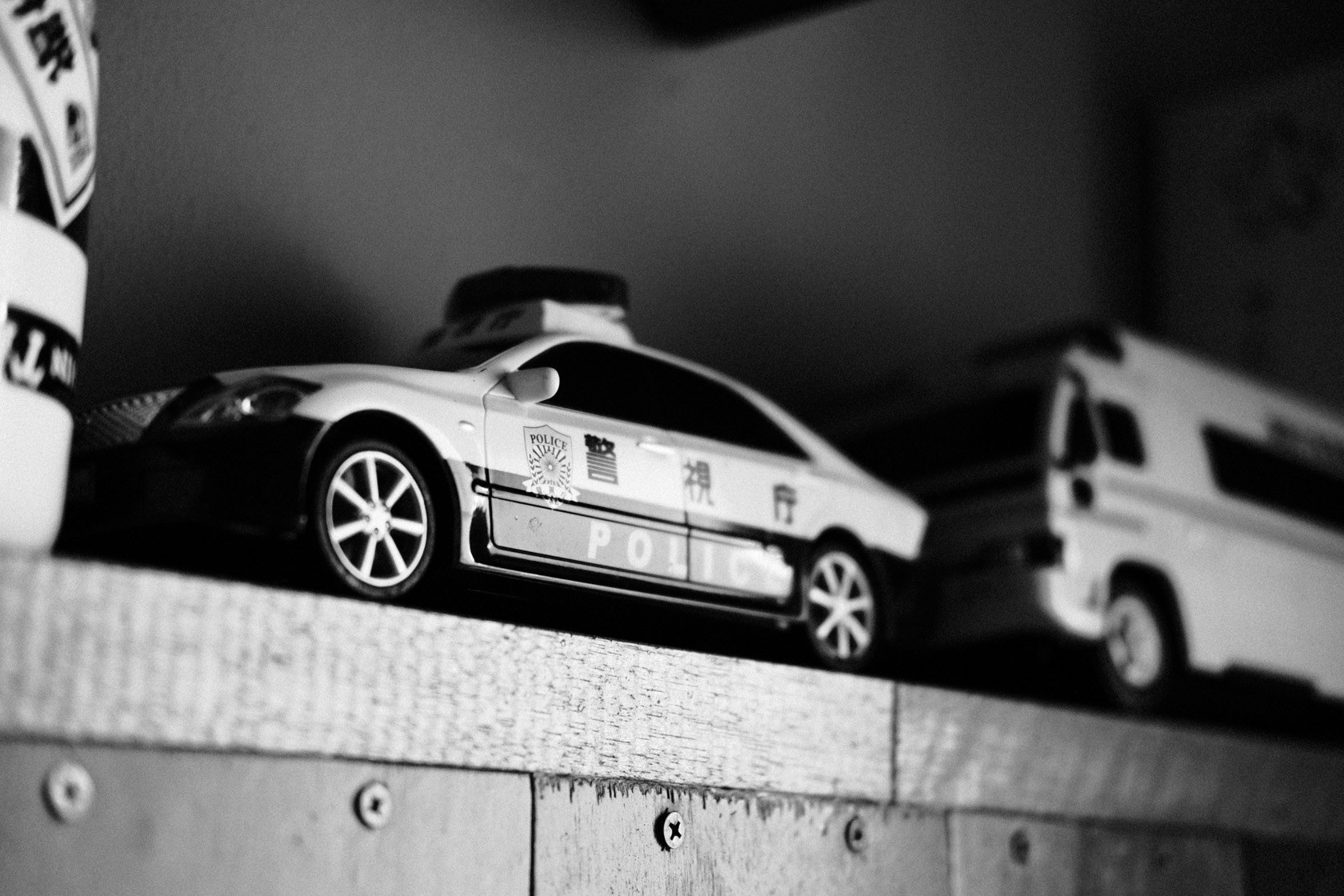

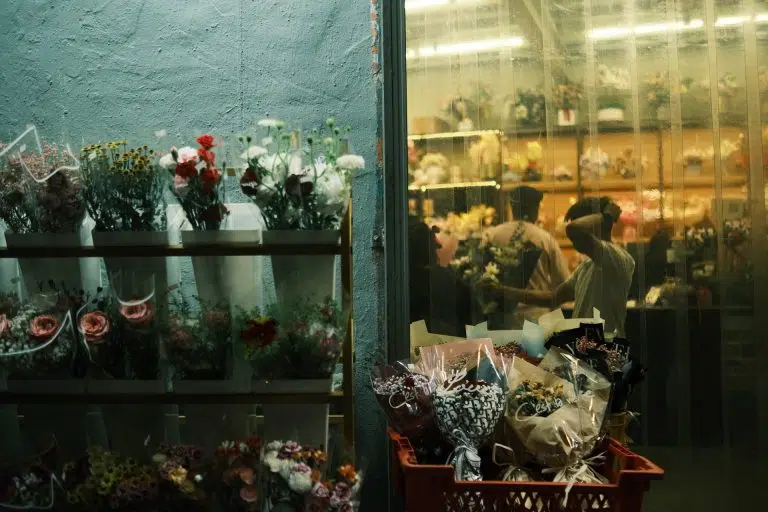
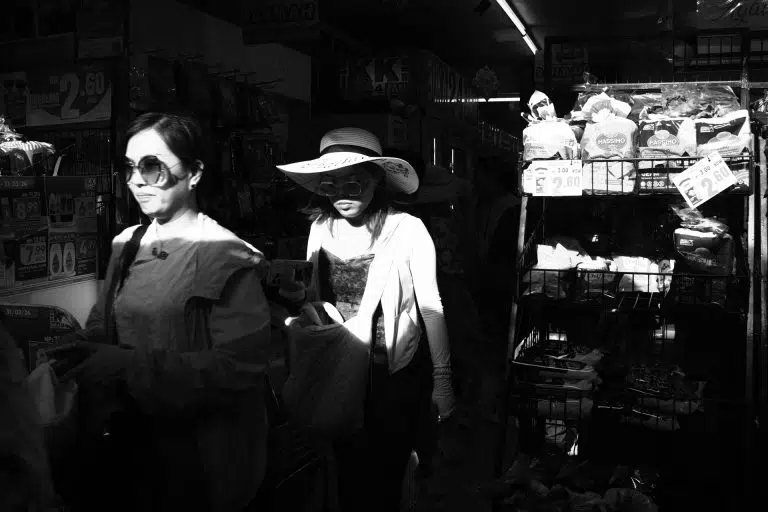

4 Responses
Hey man! Where are the settings for the B and W one for the road , I can’t see them
Hey man, it is fixed now 🙂 you will be able to see it by now.
Thank you so much ! Love your work and what you do for the community 🙂
you’re welcome! 🙂